2020 WR250F: 5 Reasons to Trade Up
So, you’ve heard good things about Yamaha’s landmark new 2020 WR250F. And you like the fact it incorporates a bunch of the updates brought out on Yami’s MX models in the past year or two, along with a raft of enduro-specific mods to position it closer to the European brands’ hard-nosed enduro bikes. But do Yamaha’s brochure claims about this new-generation WR250F ring true? Has the bike’s design team finally found the machine’s sweet spot? And if so, specifically where does this 2020 model improve on its predecessor, and by how much?
Well, having now ridden and lived with both the 2020 WR250F and its predecessor for some months, we can answer those questions with conviction. Here are our top five reasons to upgrade to Yamaha’s 2020-model quarter-litre enduro weapon…
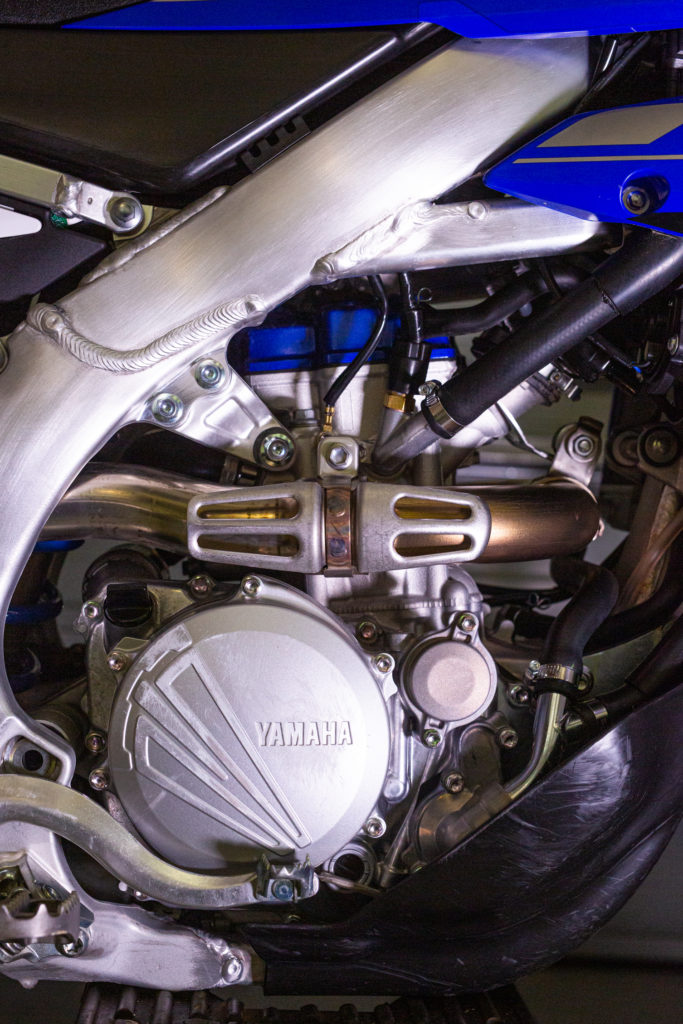
1. IMPROVED POWER & TUNABILITY
Being based heavily off the YZ250F since 2015, Yamaha’s WR250F has always boasted a ballsy little powerplant, with a breadth of power and throttle response more akin to bigger-capacity engines. But for 2020, it’s made another leap forward, thanks to a host of changes to the piston, camshafts and inlet tract, plus a more free-flowing exhaust and updated mapping. The 2020 engine pulls noticeably harder at high revs; well past the point its predecessor would sign off and insist you pulled another gear. The 2020 is also more responsive to low-RPM throttle inputs, and less inclined to fall off the power if you get stuck in a too-tall gear on a hillclimb. And fitting a free-flowing aftermarket exhaust to the 2020 bike pays bigger dividends in terms of both outright power and throttle response – assumedly because a less restrictive pipe can take greater advantage of the straighter inlet tract.
On top of that, the power delivery is way more tunable – to rider preference and to conditions. Not only does it come with the new bar-mounted engine map switch so you can change maps on the fly, it also offers a huge range of power tuning options via the free downloadable Power Tuner app. In addition to the convenience of being able to quickly and easily change the bike’s power delivery with your smartphone (and even exchange maps with mates), the app comes with a bunch of other functions that help you keep a record of maintenance schedules and/or log the settings you’ve found work best for certain terrain or tracks.
2. GREATER AGILITY
We reckon the biggest forward step this 2020 model has taken in the handling department is its agility and lower tip-weight. The combination of the narrower and more compact ergos and mass centralisation (achieved via the design of the new fuel tank and relocated starter motor) makes the new machine feel noticeably more nimble if you want to flick it from side to side on singletrack, change lines mid-turn, and throw it around in the air. All of which makes it less fatiguing to ride. You can literally charge on this thing all day without it wearing you out. Yamaha’s WR250F is still the world’s only 250cc enduro bike to use a reverse-mounted, rear-slanting cylinder head, along with a centrally mounted fuel tank and a header pipe that encircles the engine. And there’s no doubt that continues to play a pivotal role in the model’s class-leading agility.
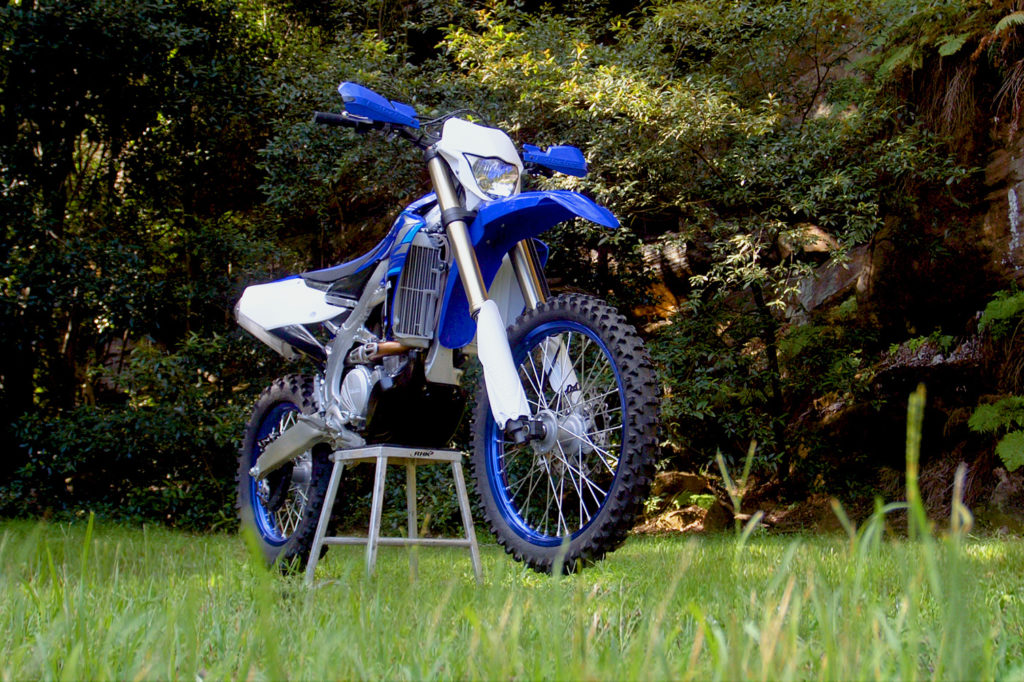
3. SUPERIOR SUSPENSION
Ever since the 2015 model’s arrival, the WR250F’s standout feature has been its ability to turn quickly, but remain stable and planted at high speeds. For a majority of trailriders, the bike’s Kayaba suspension package has been plush and progressive, and the chassis was well-balanced chassis and predictable ride over all sorts of obstacles. Faster and/or heavier riders, however, would find the limits of the fork well before the shock. Why? Because to put more weight on the front wheel and get the previous-model WR250Fs to steer well in tight terrain, the chassis was rocked forward (compared with the YZ250F, that is) via softer fork springs, a 2mm spacer under the top triple clamp, and a 4mm longer shock shaft. The 2020 model, on the other hand, hasn’t had to ‘resort’ to these measures. It gets more weight on its front wheel via the combination of the all-new chassis and the engine being tilted further forward in the frame, which means the fork can now afford to be set up a little firmer (the 2020 fork runs 4.6N/mm springs, compared with 4.7N/mm units in the YZ250F) and still allow the bike to steer well. This set-up also creates a much better front-to-rear chassis balance. Combined with some new fork internals and damping specs, the compliance in the first part of the stroke is still there, but the 2020 fork allows faster/bigger guys to push the front-end much harder. There’s more safety margin for bit hits and jump landings before the fork starts complaining or bottoming.
Just note that all of what we’ve said here presumes you heed the advice of the owners manual and set the bike’s race sag to 104-105mm. Interestingly, the 2020 bike’s chassis design uses quite a different front-to-rear balance philosophy (the 2020 WR250F uses the same 5.6N/mm spring as the YZ250F), which makes those race sag numbers more critical – even if it means you end up with very little shock spring preload and 45mm of static sag to achieve it.
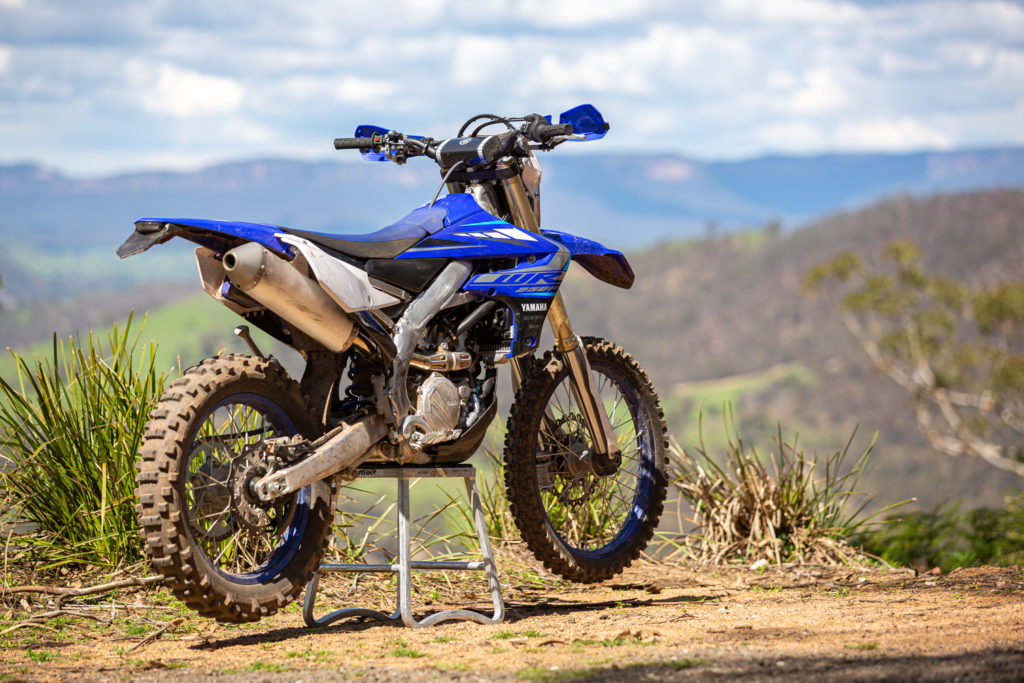
Standard seat 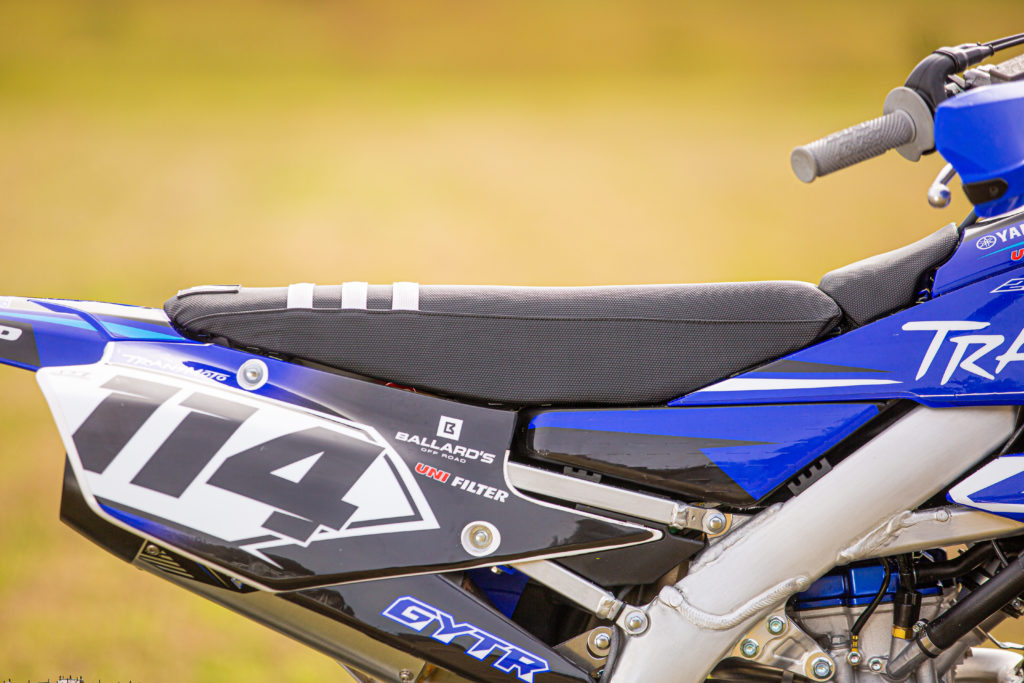
GYTR Tall Seat
4. BODYWORK & ERGOS
In addition to the 2020 bike feeling narrower, lighter and more flickable between your legs, the significantly updated bodywork gives your boots a flatter and more streamlined surface to grab, and noticeably more room between the bars and radiator shrouds for your inside leg when you’re cranked over in a rut. Also, with the 2020 bike’s seat being lower and firmer, moving around in the cockpit is easier, and shorter riders will appreciate the extra control this cockpit gives them in muddy or extreme terrain (though riders taller than 5’10” will probably benefit from fitting a taller GYTR seat).
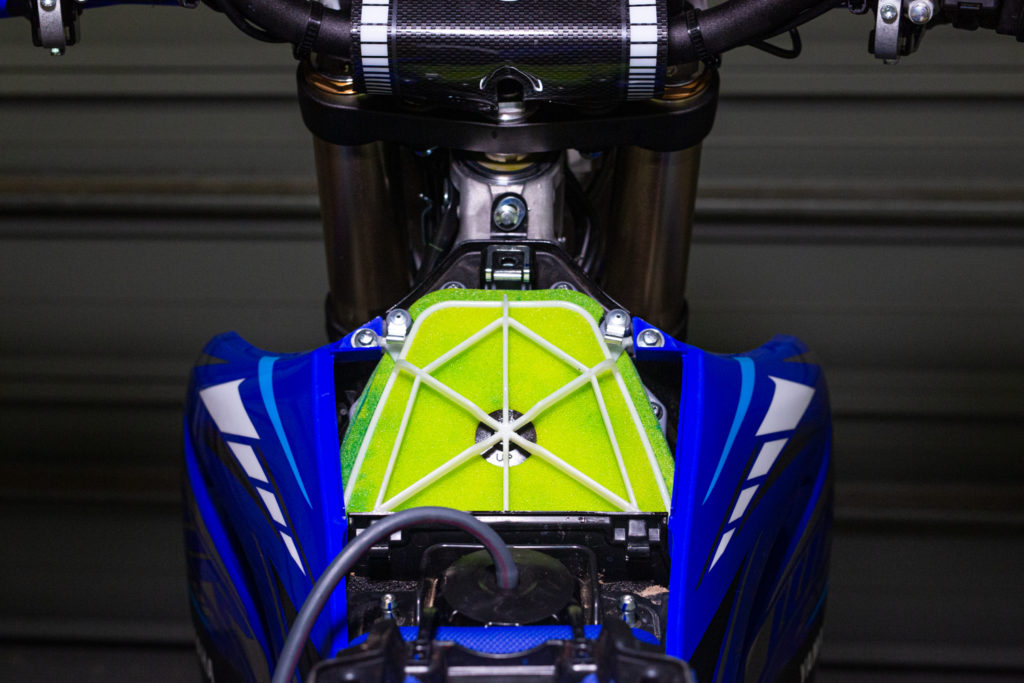
Meanwhile, the 2020 model’s airbox lid design (which separates the shrouds and airbox entirely, and uses just one Dzus fastener, not three) is a way better design than its predecessor’s when it comes to air filter access and replacement.
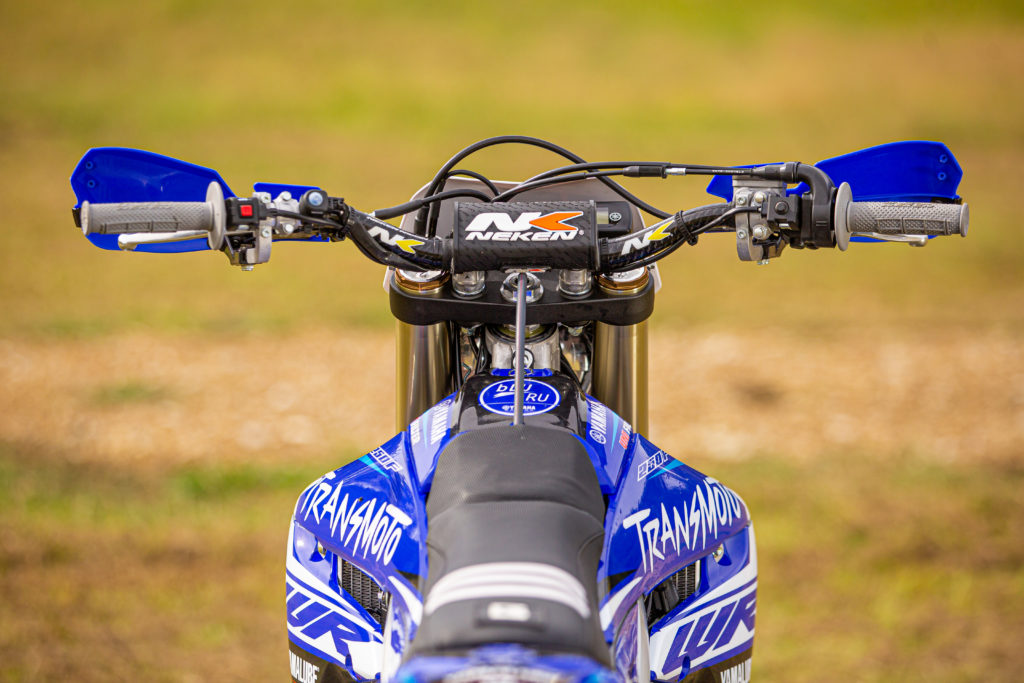
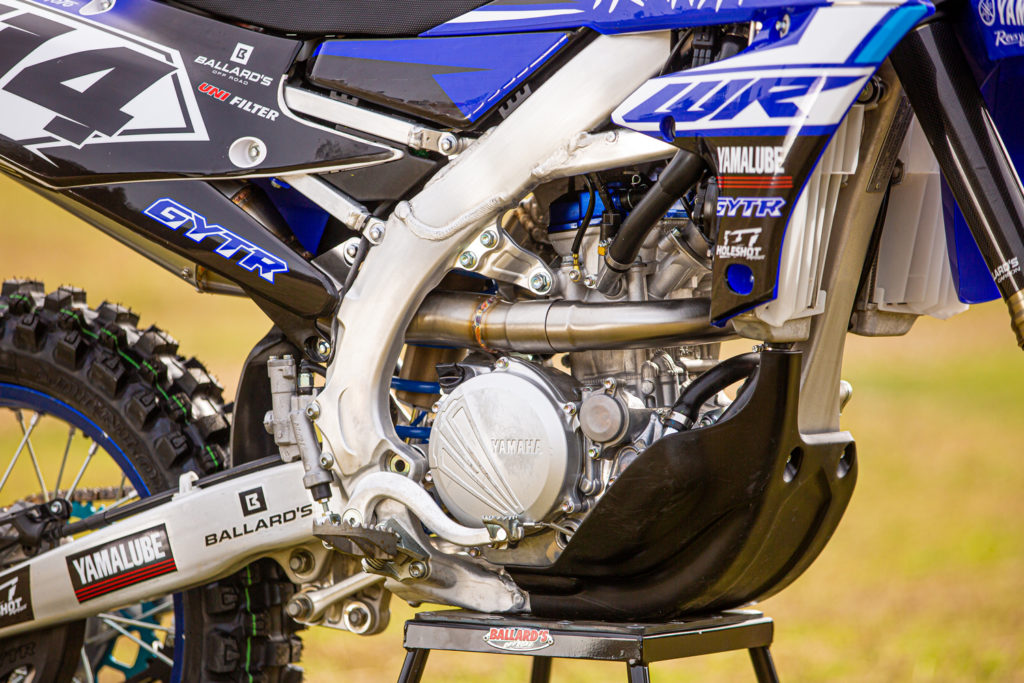
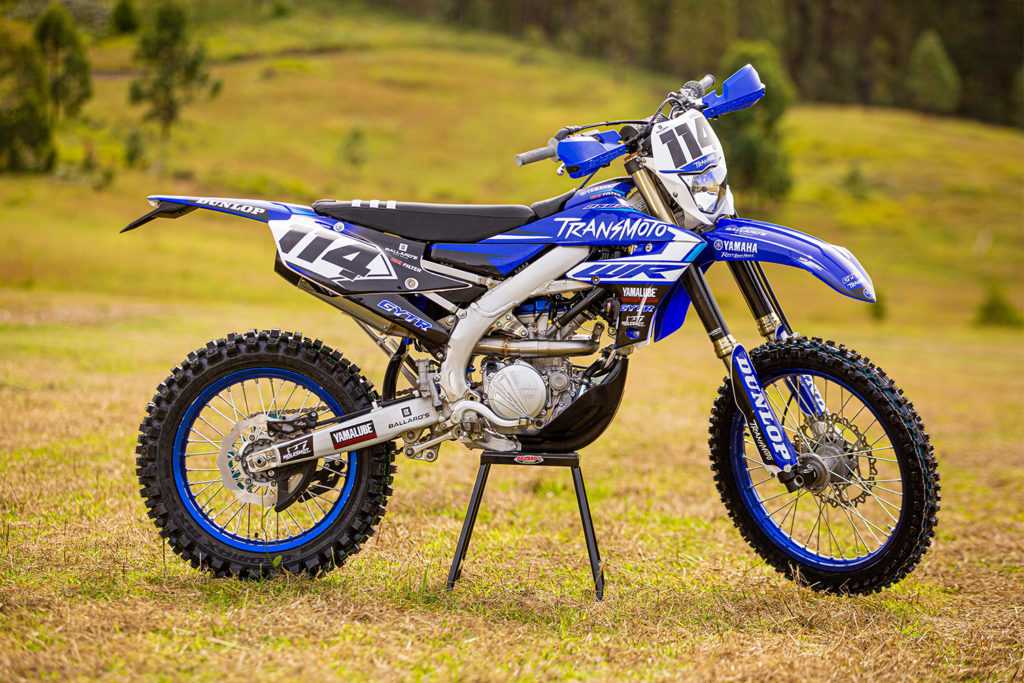
Our 2020 WR250F project bike
5. THE LOOKS
Combined with narrower radiator shrouds, lower seat, different-shaped sideplates and front guard, and a flusher headlight assembly, the entire 2020 bike has a more compact, streamlined look than it predecessor – both to look at and while riding the thing. In fact, it resembles its YZ250F cousin more than ever before. Aesthetics aside, the new bike also gets a few practical mods and refinements – the most obvious of which are the new forged alloy sidestand (which tucks away a lot less obtrusively when retracted, where it’s less likely to drag in deep ruts); the redesigned plastic bashplate (which offers better protection for the radiator hoses, water pump and oil filter cover); the new digi speedo sensor and cable (which is now integrated more neatly into the LHS fork protector, where it’s better shielded from potential damage); and the new headlight and surround (which sits lower and flusher with the top triple clamp and instruments, and includes a small tab to contain the front brakeline and digi speedo cable).
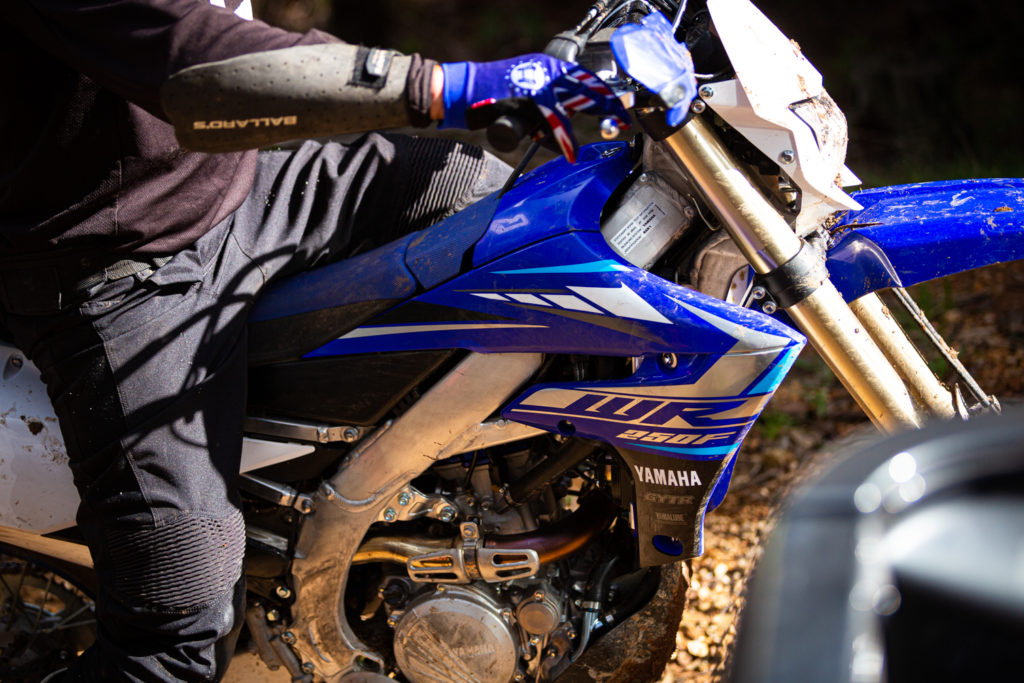
On top of those five reasons, it’s also worth noting that the 2020 WR250F comes with the same price tag as its predecessor: $13,999 Ride Away (that means the price includes GST, plus 12 months registration, all statutory costs, freight, and pre-delivery charges). Admittedly, that’s not great news if you’re trying to flog a secondhand 2018 or 2019 WR250F, but we’re just making the point that it’s not often a manufacturer brings a genuinely new-generation model to market without a price hike.
MORE ON OUR 2020 YAMAHA WR250F PROJECT BIKE
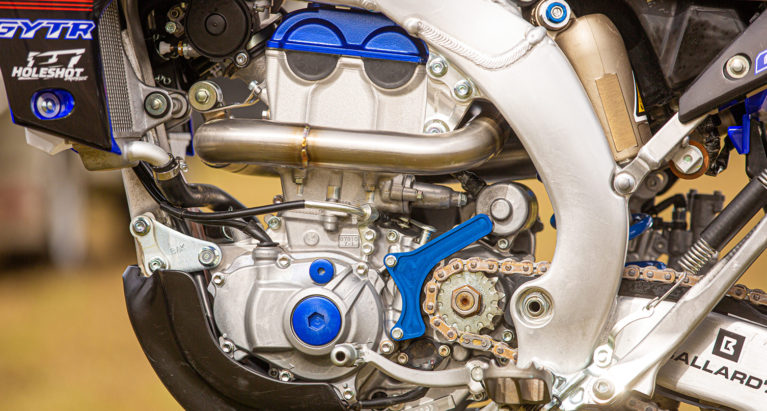
2020 WR250F: 12 BANG-FOR-BUCK MODS
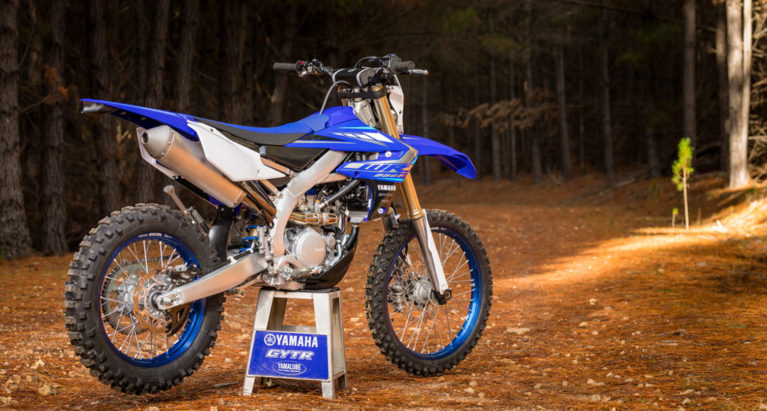
2020 YAMAHA WR250F: A BRIEF HISTORY
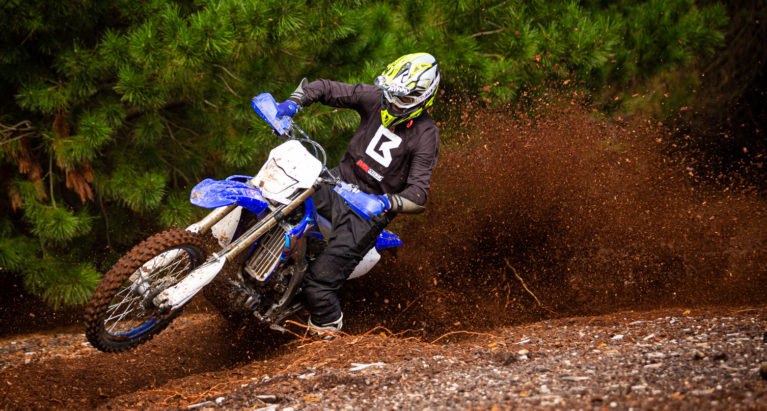
2020 YAMAHA WR250F: THE PERFORMANCE
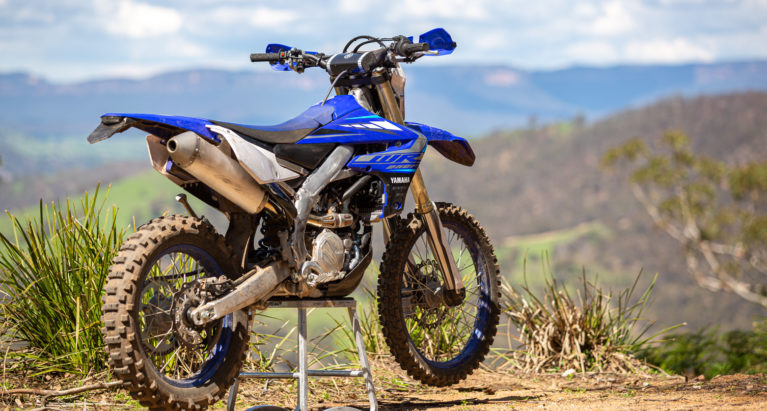
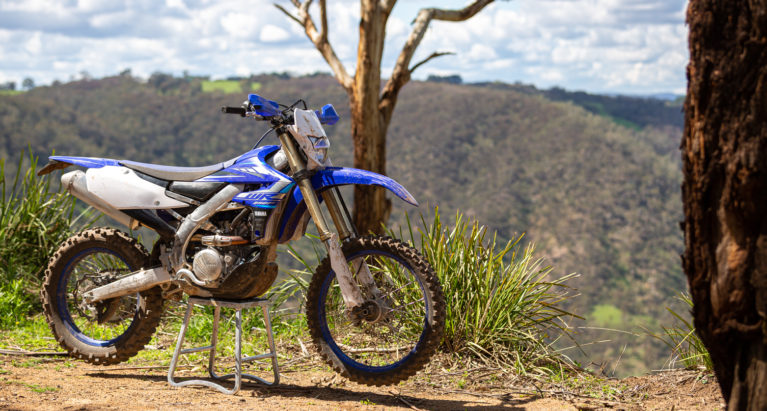
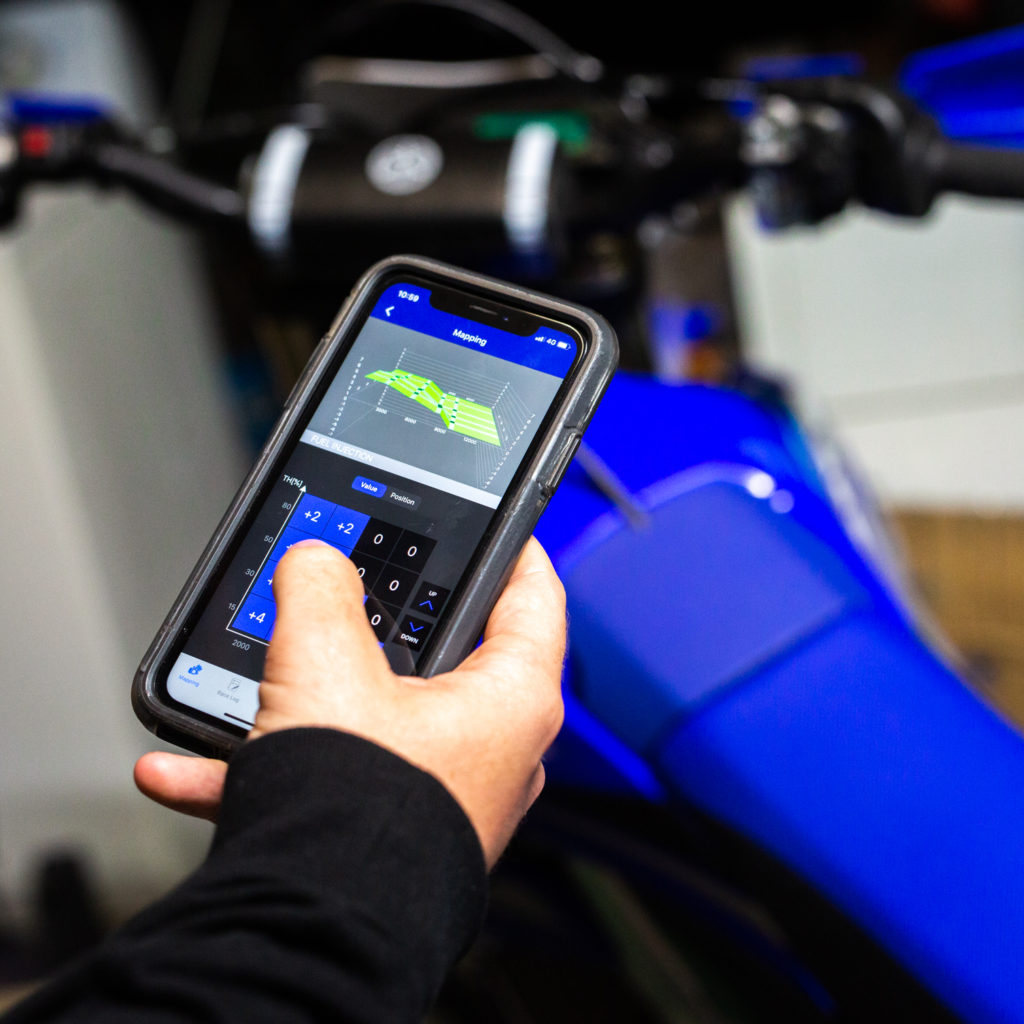
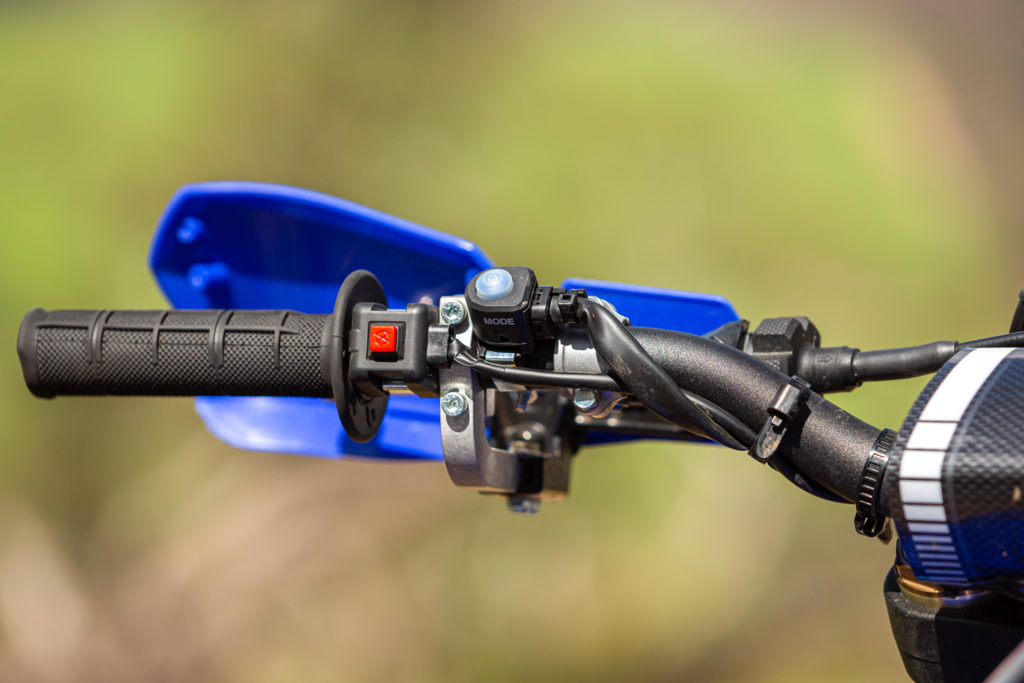
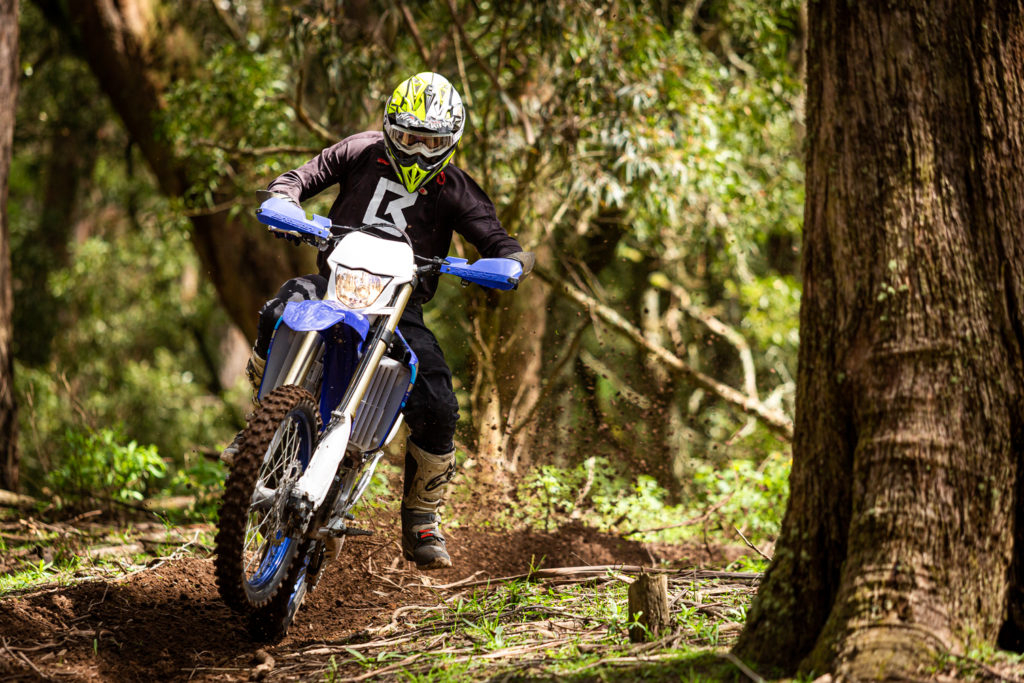
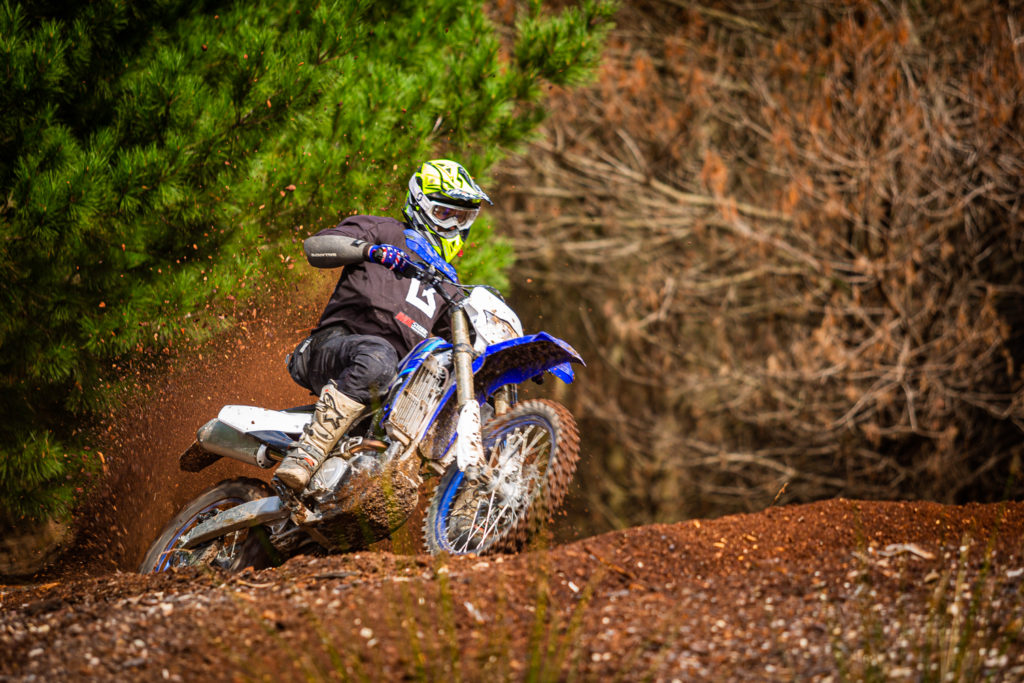
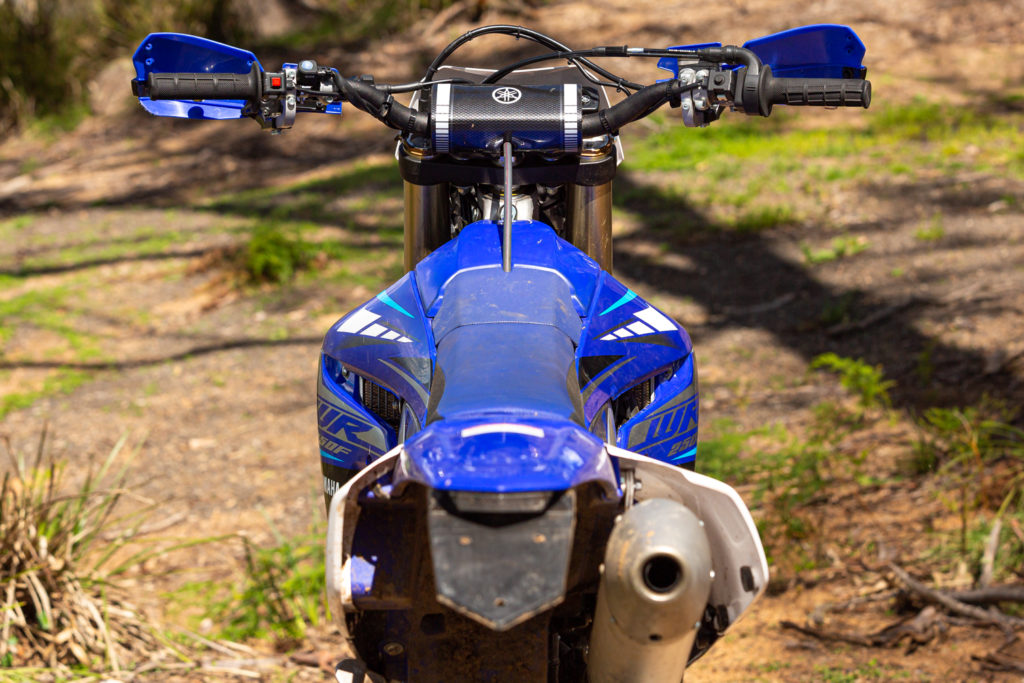








Be the first to comment...